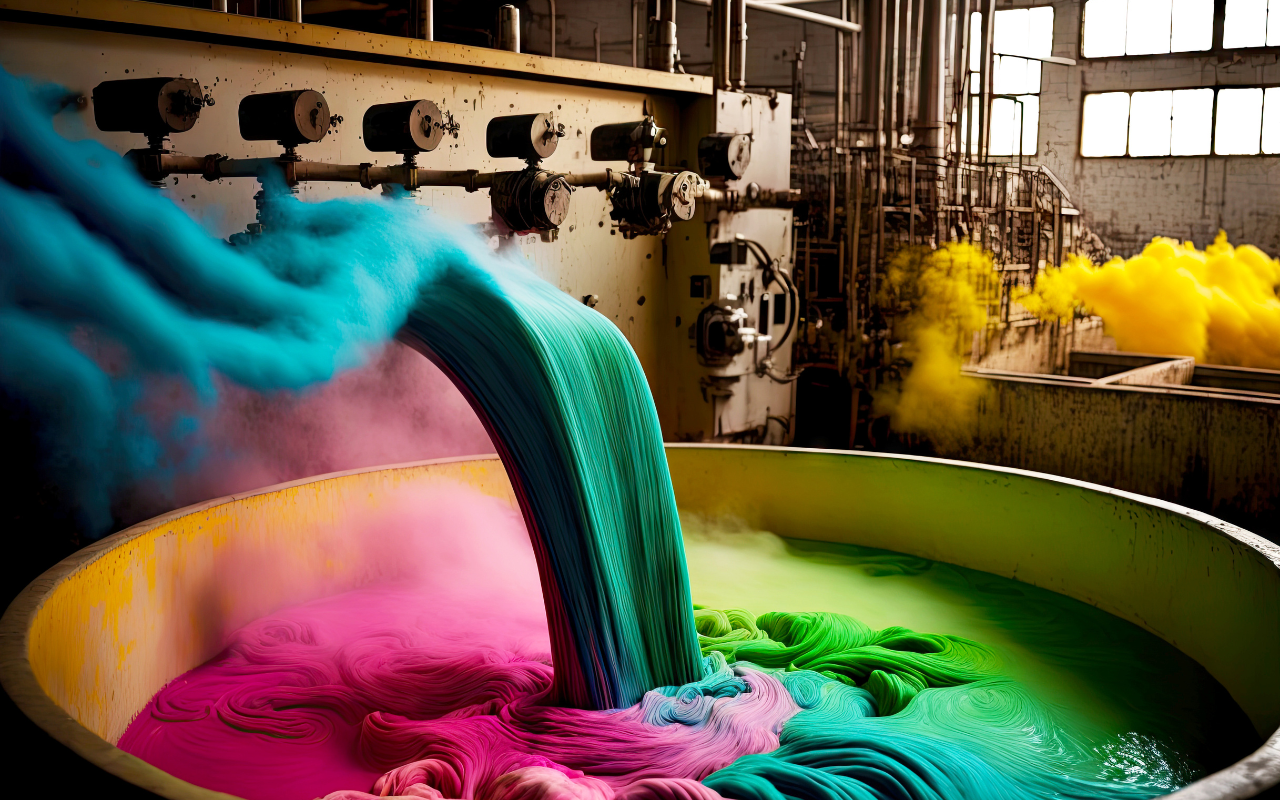The Ultimate Guide to Implementing CBS-X in Your Business
Welcome to our in-depth guide, designed to show companies how to use CBS-X, a top optical brightener for paper and textiles, to improve the brightness and whiteness of their products. This piece aims to simplify the technical while capturing the essence of innovative brightening agents like OB / OB-1 and Tinolux BMC, ensuring your business can confidently navigate the realm of optical brighteners.
Introduction to Optical Brightening Agents
Optical brightening agents (OBAs) are chemical compounds used extensively across industries to enhance the whiteness and brightness of products such as textiles and paper. These agents work by absorbing ultraviolet (UV) light and re-emitting it as visible blue light, compensating for yellowing and creating a perception of dazzling whiteness. Among the various OBAs available, CBS-X stands out for its efficiency, particularly in applications requiring high levels of brightness and whiteness, such as in the detergent industry for laundry applications.
Why CBS-X?
CBS-X is a superior optical brightening agent compared to other compounds like OB / OB-1 due to its exceptional affinity for cellulose fibers, which are abundant in paper and cotton textiles. This affinity ensures that CBS-X binds effectively to the material, providing long-lasting whiteness that remains vibrant even after exposure to sunlight and through multiple wash cycles. It’s particularly valued for its high thermal stability and resistance to fading, characteristics that make it a preferred choice for manufacturers aiming to maintain product quality and appeal over time. The performance of CBS-X demonstrates a balance between effectiveness and environmental consideration, making it a responsible choice for businesses focused on sustainable practices.
Implementing CBS-X in Manufacturing
To get the best results when integrating CBS-X into production processes, a deliberate approach is needed. Choosing the right concentration of CBS-X to meet the unique needs of the product being treated is the first stage in the process. To find the ideal dosage that attains the required degree of whitening without sacrificing the material’s integrity, preparatory testing is essential.
The next stage after determining the dose is to include CBS-X in the finishing or manufacturing process. Depending on the product, this may differ. For textiles, CBS-X is often applied at the last phases of manufacture to guarantee uniform dispersion throughout the cloth. To ensure consistent brightness throughout the material, CBS-X may be added to the pulp mixture before sheet production in paper goods.
To guarantee uniformity in the look of the product, regular quality inspections are crucial. This entails keeping an eye on how CBS-X is applied in different lighting scenarios to make sure the appropriate amount of whiteness is maintained. It’s also critical to assess how using CBS-X affects the environment and make sure that production procedures comply with sustainability standards and laws.
Regulatory and Environmental Considerations
Understanding and following regulatory requirements is critical when incorporating CBS-X into your product line. This shows that you are committed to environmental stewardship while also guaranteeing the safety and compliance of your goods. Global regulatory agencies have set standards for the use of optical brightening agents, such as CBS-X, with an emphasis on application techniques, concentration, and disposal to reduce environmental effects. To maintain worldwide compliance, businesses need to be aware of these requirements, which might differ greatly across states and regions.
Environmental factors are also very important. Products that are made, used, and disposed of, including CBS-X have an impact on ecosystems, especially aquatic habitats where these substances may gradually build up. Businesses must evaluate CBS-X’s lifecycle effects, from manufacturer to consumer usage and beyond. Investigating biodegradable substitutes or cutting-edge water treatment techniques that may lessen their environmental impact are two examples of this. To reduce these effects, progressive businesses are funding R&D, following larger industry trends towards sustainability and environmentally friendly production methods.
Case Studies: Success Stories
Examining CBS-X’s practical uses provides insightful information about its transformational potential. For example, a well-known textile company used CBS-X in its manufacturing process in response to customer complaints about the fading whiteness of their goods. The firm demonstrated the financial advantages of investing in high-quality optical brighteners by seeing a rise in customer satisfaction and repeat business in addition to achieving a brighter, more robust white by varying the concentration of CBS-X used during the dyeing stage.
In the paper business, a manufacturer of premium office paper used CBS-X to improve the whiteness and brightness of its range of products. This is another example of successful integration. This action enabled the business to charge a higher price while also differentiating their paper in a crowded market. The case study highlights CBS-X’s contribution to the value chain, giving them a competitive advantage in industries where product design has a big impact on customer preference.
Conclusion: Meghmani Global – A Beacon of Innovation
In summarising our journey through the world of optical brighteners, it’s imperative to acknowledge the pioneering efforts of entities like Meghmani Global. With a legacy rooted in dyestuff manufacturing since 1977, Meghmani has evolved into a beacon of innovation, extending its prowess into optical brightening agents, among other chemical products. As we look towards a future where brightness and sustainability coexist, Meghmani Global stands as a testament to the enduring power of innovation and responsible manufacturing.



Comments
Post a Comment